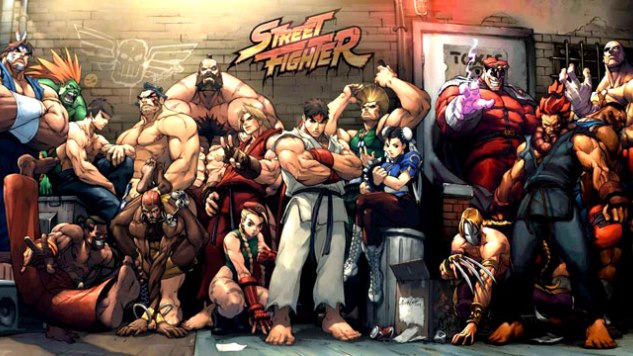During my research of the games industry i discovered these 5 useful sites that offer varied job roles in different gaming corporations. Although many offer job roles in different countries entirely. Here are the following sites:
https://www.gamesjobsdirect.com/
https://app.hiive.co.uk/job-roles/games/departments/all/
https://www.indeed.co.uk/Games-Industry-jobs#
http://creativeskillset.org/creative_industries/games
From my research I have concluded that i would like to be game designer. I would like to have this role in the game industry as it allows you to use creativity to come up with different game ideas and different creative aspects for the game you’re creating. This role also gives you overall control on the project and its direction. I will also be able to plan the game itself, i.e its setting, structure, rules, story flow, characters, the objects, props, devices available to the characters, interface design and modes of play.
As a game designer i will have to develop and improve a wide range of skills in order to be successful. This includes being able to: communicate and collaborate with the many different departments, accept feedback, present ideas confidently, be imaginative and creative, have visual design skills and programming skills and many other different skills. I will also have to be able to communicate and direct many different departments into the right direction in order to successfully co-ordinate the team into the right direction. The approximate salary for a game designer is £98,497. Becoming a game designer, however, is difficult as it requires at least 3-4 years in the game industry in order to acquire knowledge of the industry and how it works. It helps greatly if you have degree in computer games design and various other courses.

In order to improve my chances of obtaining this role in the future I must work hard in my current Interactive media and games course in order to achieve high grades. This will allow me to go into further education, in the future, and give me a greater chance to obtain this role.



































